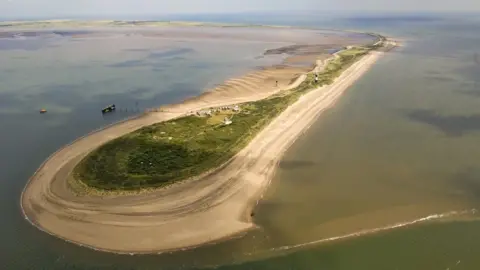- Joined
- Jul 19, 2004
- Messages
- 29,622
- Location
- Out of Bounds
Ravenser Odd?
https://en.wikipedia.org/wiki/Ravenser_Odd
Researchers believe they are closing in on the actual site of Ravenser Odd.
FULL STORY: https://www.livescience.com/yorkshire-atlantis-could-be-revealedYorkshire's 'Atlantis' may finally be revealed
Archaeologists are closing in on a lost medieval town sometimes referred to as Yorkshire's "Atlantis." ...
Also called Ravenser Odd, the town flourished in what is now east Yorkshire along the east coast of England during the Middle Ages before it was lost to the sea.
"It was a major settlement of some 400+ households," Daniel Parsons ... told Live Science ... Historical records say that the site had a sea wall, harbor, prison and marketplace, Parsons said.
A search for Ravenser Odd in November 2021 in part of the Humber River estuary turned up empty; but now the team believes that it is getting closer than ever now that they have narrowed down the remaining area where it could be located. They plan to set out in about two weeks to the estuary for another search. "[We're] very confident we will find some evidence of the settlement," Parsons told Live Science. ...
Founded around 1235, the town was built on a sandbar on the north bank of the Humber River, along a busy trade route. Parts of the coastline began to erode away during the 14th century, leading to destruction of seaside buildings as well as more flooding across the town. ... What remained of the town was completely abandoned after a major storm hit the area in 1362. ...
What are the chances that archaeologists will really uncover Yorkshire's "Atlantis?" A number of scholars who spoke to Live Science were generally optimistic that the team may succeed in discovering the site. ...


